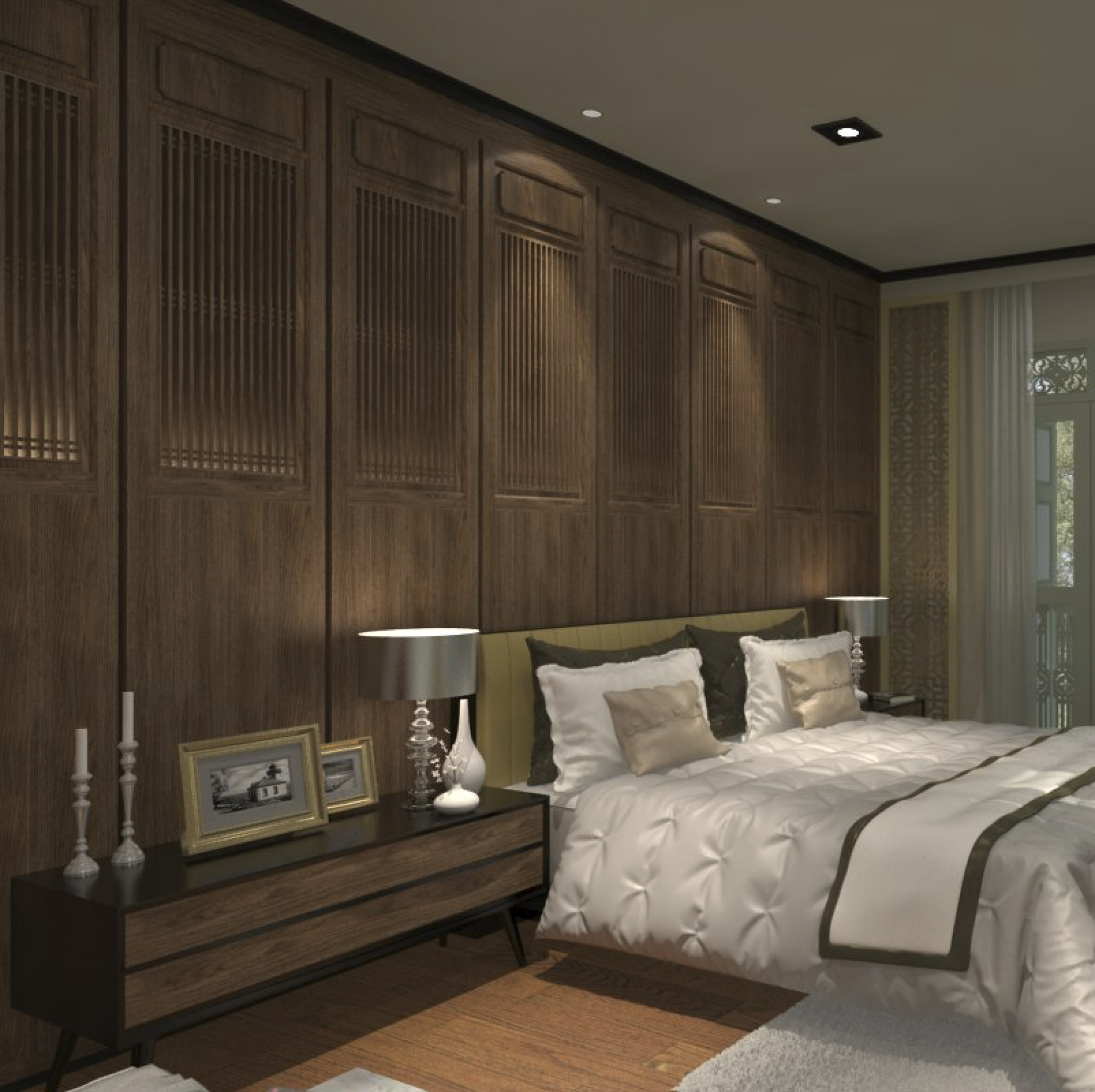The Symbolism and Meaning Behind Chinese Furniture Designs and Motifs

Chinese furniture is renowned not just for its beauty and craftsmanship, but also for its deep symbolic meaning. Every curve, carving, and motif found in Chinese furniture carries with it a layer of cultural significance, often rooted in ancient beliefs and philosophies. Whether you are a collector, a decorator, or simply an admirer, understanding the symbolism behind these intricate designs can provide a richer appreciation of these timeless pieces. Let's delve into the fascinating world of Chinese furniture motifs and uncover the hidden meanings they hold.
1. Dragons: Power and Protection
The dragon is one of the most iconic and revered symbols in Chinese culture. It represents power, strength, and good fortune. In the context of furniture design, dragons are often depicted with a sense of movement and vitality, signifying the flow of energy. This majestic creature is believed to have the power to ward off evil spirits and bring prosperity to its surroundings. Furniture adorned with dragon motifs was often reserved for the emperor or high-ranking officials, symbolizing their supreme authority and divine connection.
2. Phoenix: Rebirth and Immortality
Often paired with the dragon, the phoenix represents rebirth, immortality, and grace. It is a symbol of the empress and embodies the harmony between yin and yang when shown alongside the dragon. Furniture featuring phoenix motifs was traditionally used in the quarters of noblewomen, conveying elegance, beauty, and virtue. The phoenix's association with renewal and transformation makes it a powerful symbol of resilience and hope.
3. Peony: Prosperity and Honor
The peony, known as the king of flowers, is a beloved motif in Chinese art and design. It symbolizes wealth, prosperity, and honor. Often found in carvings and paintings on cabinets, screens, and tables, the peonys lush and full bloom reflects abundance and flourishing life. This flower motif is believed to bring good luck and success, making it a popular choice for furniture pieces intended for the homes main living areas or places of business.
4. Lotus: Purity and Enlightenment
The lotus flower holds a special place in Chinese culture, symbolizing purity, enlightenment, and spiritual growth. It is often depicted rising from muddy waters, representing the triumph of purity and beauty over adversity. Lotus motifs are common on furniture pieces used in religious or meditation settings, such as altar tables or incense stands, signifying the pursuit of spiritual clarity and inner peace.
5. Bats: Good Fortune and Happiness
In Chinese, the word for bat (蝠, fú) sounds similar to the word for good fortune (福, fú). Because of this phonetic similarity, bats are considered auspicious symbols representing happiness, luck, and prosperity. Furniture adorned with bat motifs, especially in groups of five, signifies the Five Blessings longevity, wealth, health, love of virtue, and a peaceful death. These motifs are often subtly integrated into the design, such as on chair backs, table edges, or decorative panels.
6. Bamboo: Resilience and Integrity
Bamboo is a powerful symbol of resilience, integrity, and adaptability in Chinese culture. It bends but does not break, symbolizing strength in the face of adversity. Bamboo motifs are frequently carved into furniture, representing the scholarly virtues of humility, perseverance, and moral uprightness. Its hollow center also symbolizes an open mind and readiness to learn, making it a favored motif for furniture used in scholars studios, such as desks and bookcases.
7. Chinese Characters: Blessings and Wishes
Many Chinese furniture pieces feature carved or painted Chinese characters that convey wishes for good fortune, health, and happiness. Characters like "福" (fú, good fortune), "寿" (shòu, longevity), and "喜" (xǐ, joy) are commonly found on cabinets, screens, and chests. These characters are not merely decorative; they serve as constant reminders of the values and blessings that the household aspires to.
8. Animals: Symbolism of the Natural World
Various animals appear in Chinese furniture designs, each with its own symbolic meaning:
- Crane: Longevity and wisdom, often seen on elders furniture.
- Lion: Protection and strength, frequently used as a guardian symbol.
- Deer: Prosperity and success, as the word for deer (鹿, lù) sounds like the word for salary or emolument (禄, lù).
These motifs are carefully chosen and positioned to imbue the furniture with the desired attributes and blessings.
9. Fruits and Plants: Abundance and Fertility
Fruits and plants are also common motifs, each with its own significance:
- Pomegranate: Fertility and abundance, as its many seeds represent a large and prosperous family.
- Peach: Immortality and longevity, often associated with the legendary Queen Mother of the West.
Peach: Immortality and longevity, often associated with the legendary Queen Mother of the West.
10. Geometric Patterns: Harmony and Balance
Geometric patterns, such as the repeating fretwork (回纹, huíwén), represent eternity and continuity. They are often used as borders or background designs on furniture. The interlocking shapes symbolize the unending cycle of life and the harmony between heaven and earth. These patterns are aesthetically pleasing and carry deep philosophical meanings, reflecting the Chinese belief in a balanced and interconnected universe.
Conclusion
The symbolism behind Chinese furniture designs and motifs is a rich tapestry of cultural beliefs, philosophical thoughts, and aesthetic values. Each piece of furniture is more than just an object; it is a medium that conveys blessings, aspirations, and the profound wisdom of a civilization that has revered beauty and meaning for thousands of years. Whether you are incorporating these pieces into your home or studying their historical significance, understanding the symbolism behind them adds an extra layer of appreciation for their enduring charm and timeless elegance.


